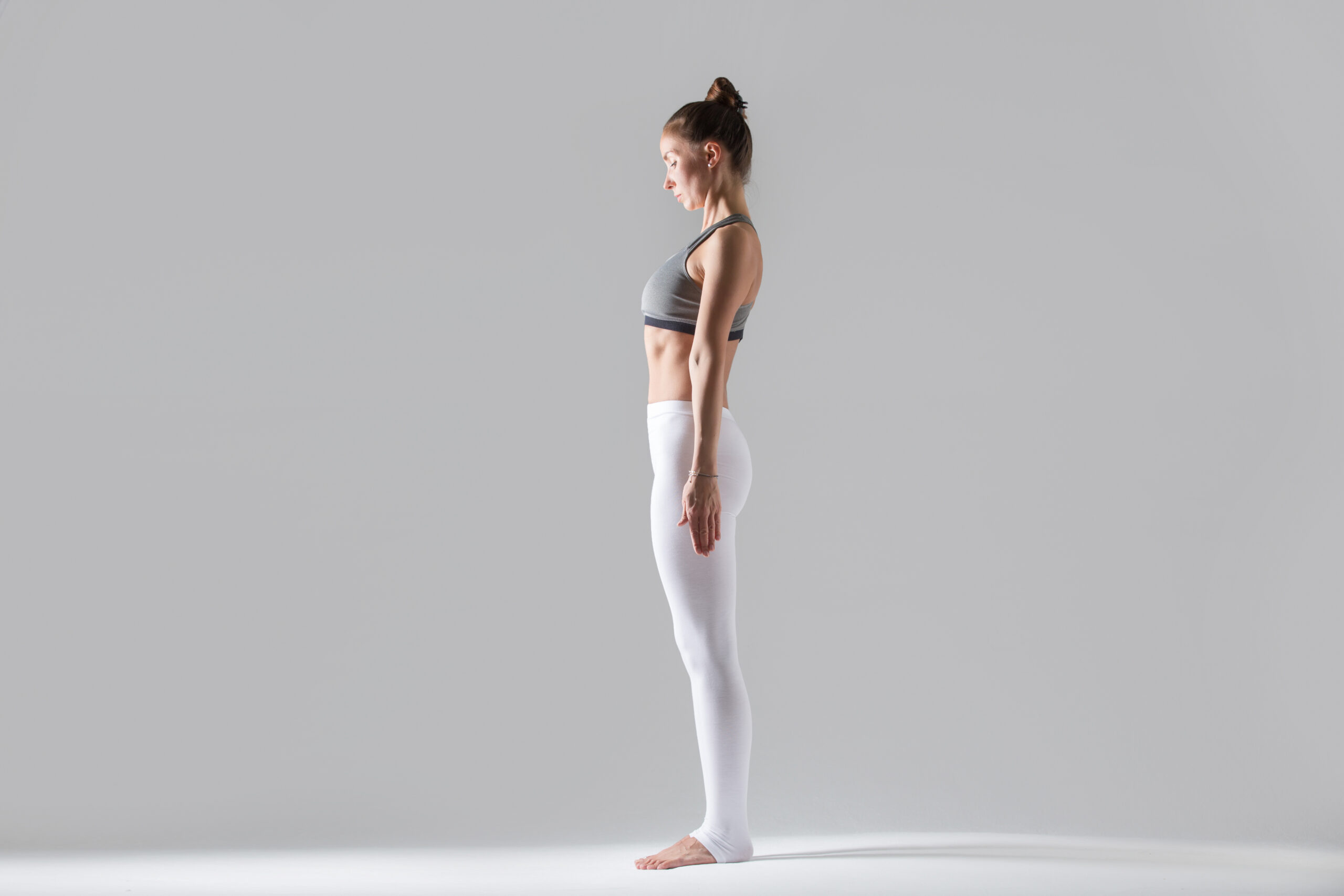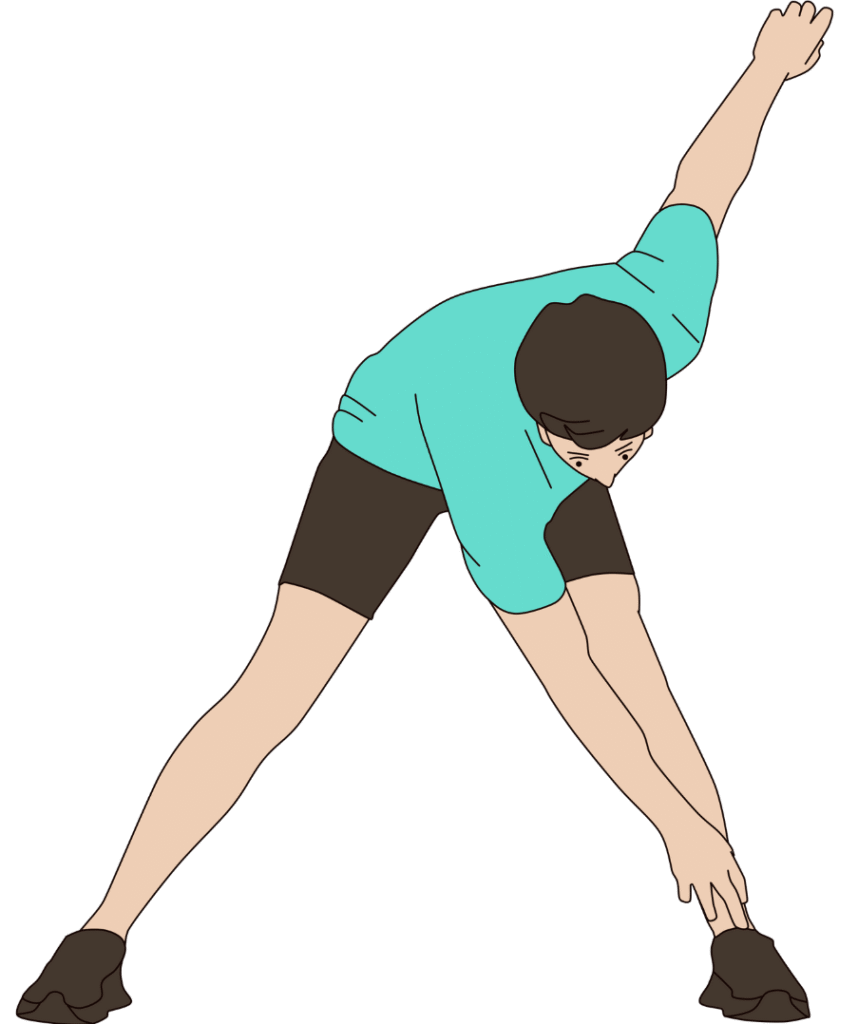What if standing like a mountain could transform your health and mindset—would you try it?
At a Glance
- Mountain Pose (Tadasana) is a foundational yoga posture that promotes stability and balance.
- Originating from ancient Indian traditions, Tadasana is integral to nearly every yoga style.
- Medical and yoga experts highlight its benefits for posture, balance, and rehabilitation.
- Tadasana is accessible to beginners and can be adapted for those with physical limitations.
The Roots of Stability: Tadasana’s Origins
Mountain Pose, or Tadasana, is more than just standing upright—it’s the bedrock of yoga practice. This foundational posture dates back to ancient Indian yogic traditions, where it symbolized stability and groundedness. The name itself, combining “tada” (mountain) and “asana” (pose), reflects its purpose: to cultivate a sense of rootedness and awareness. As yoga spread globally, Tadasana became a staple in nearly all styles, from the serene studios of India to bustling gyms worldwide.
Despite its simplicity, Tadasana is often the starting point for all standing poses, forming the basis for proper alignment and posture. Its significance in yoga philosophy underscores the integration of mind and body, a harmony many practitioners aspire to achieve. In a world where balance is often elusive, Tadasana offers a steadying hand—or rather foot, as it were.
Who’s Who in the World of Tadasana
From yoga novices to seasoned practitioners, Tadasana is a universal ally. Its primary beneficiaries include yoga practitioners seeking improved posture and balance, instructors ensuring safe practice, and medical professionals integrating it into rehabilitation programs. Yoga schools and certification bodies play crucial roles in setting teaching standards, influencing how Tadasana is taught and understood globally.
Instructors are the linchpins, translating this ancient wisdom into accessible practices for students. Meanwhile, medical professionals focus on its therapeutic applications—posture correction and balance training, particularly for those dealing with health conditions. This interconnected web of stakeholders ensures Tadasana remains a relevant and essential part of wellness practices worldwide.
Adapting to Modern Needs: Current Developments
Recent developments spotlight Tadasana’s role in managing chronic conditions like Parkinson’s disease and chronic obstructive pulmonary disease (COPD). This highlights its therapeutic potential beyond traditional yoga settings. Modifications for accessibility, such as chair-based Tadasana, enable individuals with mobility issues to benefit from this pose. Health professionals and yoga publications continue advocating for Tadasana as a tool to enhance posture, balance, and mental focus.
Globally, Tadasana remains a core element of yoga curricula, with ongoing research exploring its benefits for physical and mental health. As we move deeper into the 21st century, the emphasis on evidence-based yoga practices grows, reinforcing Tadasana’s position as a cornerstone of holistic health.
The Impact of Standing Tall
Short-term, Tadasana offers immediate benefits in posture, balance, and body awareness, valuable in both yoga sessions and everyday life. Long-term, it holds potential for reducing musculoskeletal issues, enhancing mental clarity, and improving quality of life, particularly for older adults and those with chronic conditions.
While its economic impact is minimal, Tadasana supports the wellness industry by promoting preventative health practices. Socially, it encourages inclusivity in yoga, offering an accessible pose for people of all ages and abilities. Politically, its integration into public health initiatives is on the rise, reflecting a broader acceptance of yoga as a mainstream health practice.








